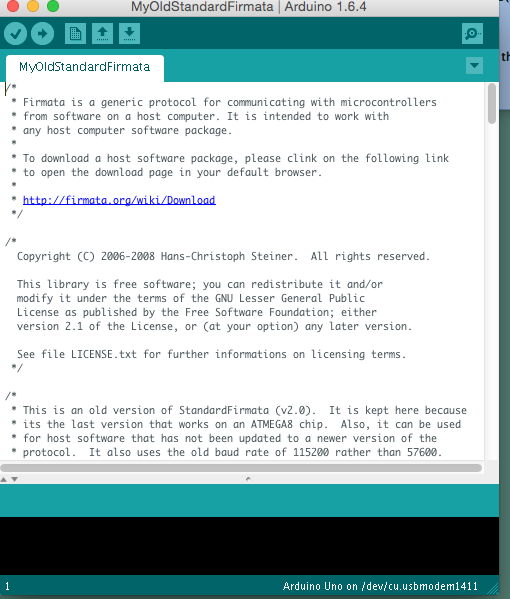

- #Processing minim example how to#
- #Processing minim example install#
- #Processing minim example software#
- #Processing minim example zip#
#Processing minim example install#
I used the reactivision server, as it’s simple to install (you don’t actually need to install it, but merely unzip it to your hard drive) and has wide support for all platforms. That means that before starting your presentation you need to start up the TUIO server so that it can connect to your webcam and start tracking the markers that enter/exit the field of view. The program uses the TUIO library for processing. (Note: the previous sentence turned out not being clear enough it means that if you already don’t have a “data” directory setup in your processing sketch directory, you should create one and place your contents in there, according to what is explained in the rest of the post :) ) The processing sketch basically uses content in your data directory and attaches them to fiducial markers so that when you hold up a marker to the camera, the corresponding content is shown.


#Processing minim example software#
Source code of the software used for the AR presentation
#Processing minim example zip#
we have to rewind it before telling it to play againĮlse if ( player.position() = player.Again: it is very basic but you can use it as some sort of tutorial to get you started with AR using Processing.Īnd, so back to business: here is the zip containing the sources. if the player is at the end of the file, Text("Press any key to start playback.", 10, 20 ) Text("Press any key to pause playback.", 10, 20 ) draw a line to show where in the song playback is currently locatedįloat posx = map(player.position(), 0, player.length(), 0, width) note that if the file is MONO, left.get() and right.get() will return the same valueįor(int i = 0 i < player.bufferSize() - 1 i++)įloat x1 = map( i, 0, player.bufferSize(), 0, width ) įloat x2 = map( i+1, 0, player.bufferSize(), 0, width ) so we need to scale them up to see the waveform the values returned by left.get() and right.get() will be between -1 and 1, you can also pass an absolute path, or a URL. this means you can find files that are in the data folder and the loadFile will look in all the same places as loadImage does. we pass this to Minim so that it can load files from the data directory * For more information about Minim and additional features,
#Processing minim example how to#
* It's also a good example of how to draw the waveform of the audio. * This sketch demonstrates how to play a file with Minim using an AudioPlayer. When using Processing, simply pass this to Minim's constructor. Parameters fileSystemHandler - The Object that will be used for file operations. If you are using Minim outside of Processing, you can handle whatever cases areĬonstructors Creates an instance of Minim. Method will search in the data folder, the sketch folder, handle URLs, and absolute paths. For example, in Processing, the createInput Not necessarily an absolute path, and return an InputStream Is used when loading files and is expected to take a filename, which is The sketchPath method isĮxpected to transform a filename into an absolute path and is used whenĪttempting to create an AudioRecorder. These are methods that are defined in Processing, which Minim was originallyĭesigned to cleanly interface with. InputStream createInput( String fileName ) Minim requires an Object that can handle two importantįile system operations so that it doesn't have to worry about details of To the contructor and registers for a notification of application shutdown. Processing users do not need to do this because Minim detects when a PApplet is passed Instead, when your application ends you can simply call the stop method of your Minim instance. Returned from these various methods so that you don't have to worry about closing them. Minim keeps references to all of the resources that are Which is how you can play audio generated by your program, typically by connecting classes Finally there are methods for obtaining an AudioOutput, Which is how you can monitor the computer's line-in or microphone, depending on what the There are methods for obtaining an AudioInput, There are methods for obtaining an AudioRecorder, There are methods for obtaining objects for playing audio files:ĪudioSample and AudioPlayer. The Minim class is the starting point for most everything CreateRecorder ( ) createSample ( ) debugOff ( ) debugOn ( ) getInputStream ( ) getLineIn ( ) getLineOut ( ) loadFile ( ) loadFileIntoBuffer ( ) loadFileStream ( ) loadSample ( ) setInputMixer ( ) setOutputMixer ( ) stop ( )


 0 kommentar(er)
0 kommentar(er)
